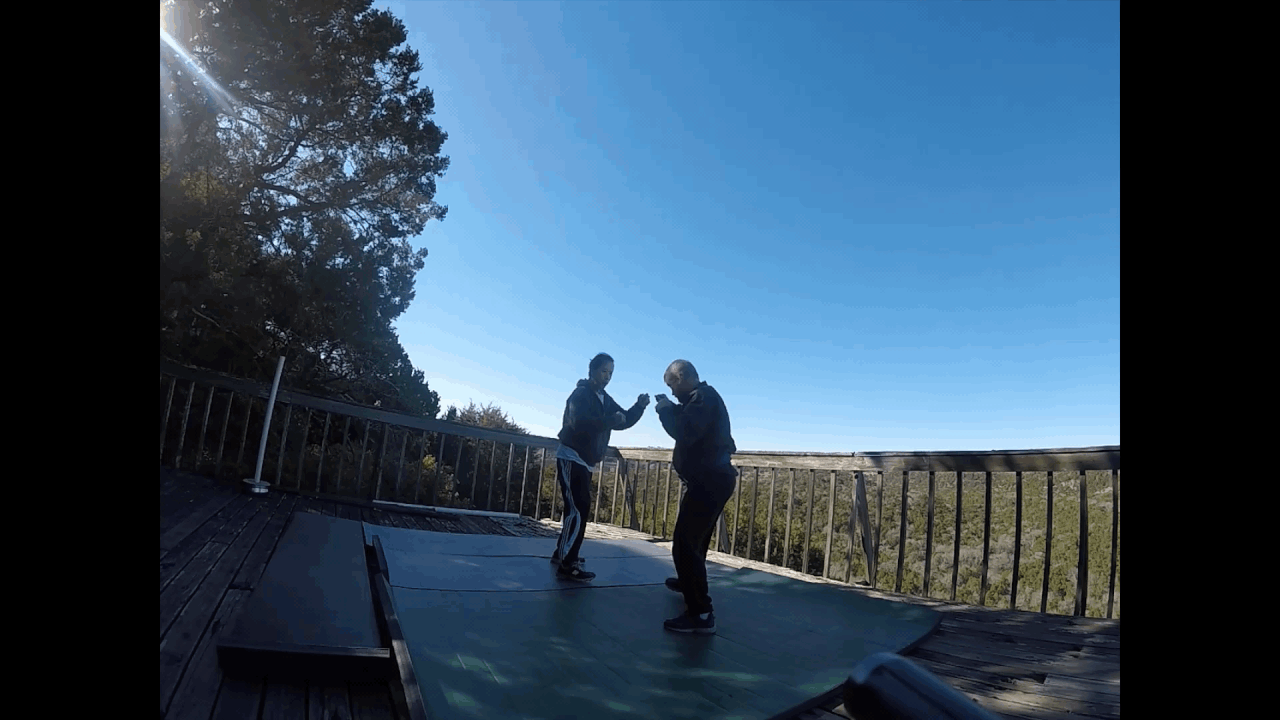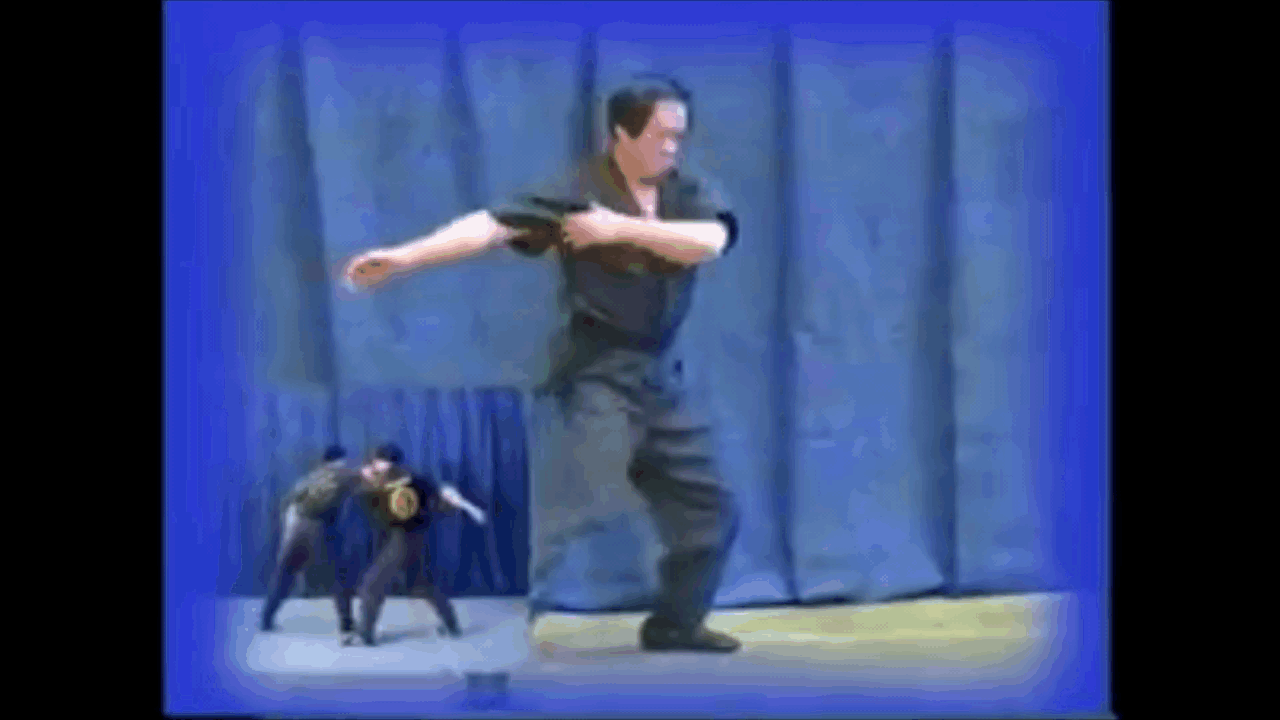. In Wing Chun, we pretty much only do low and mid-section kicks, keeping our body vertical. The hands are kept high to protect the face and upper body, and to continue the attack the moment the foot lands. A kick often concludes with the foot landing, taking a step, and punching all at the same time.
Crazy as this sounds, one of my first instructors was a TKD yellow belt....he was from Hong Kong and had studied Wing Chun and Kung Fu since he was a kid.
I was a white belt, and he was a yellow belt, and we would practice martial arts together in the university gym.
Similar to what you are saying, he used to show me from Wing Chun a stomping kick with a simultaneous punch. That was a high opener, to think about deception as an important tactic.
Also, back to my thread here, on about my 5th TKD class, I noticed his stance during exercises was more like a boxer. Everyone else was more traditional TKD, wide, with an arm a mid section or lower. I asked why he kept both hands high, whereas everyone else had a hand lower.
"People in Canada only want to punch you in the head, so that's what I want to protect" he said.
I thought about that for a moment and asked, "You said in Canada. What about in Hong Kong?".
He answered, "Oh, they'll kick you in the balls, You may want to keep a hand low there". Hilarious!
Here is is by the way, some 20 years later.


